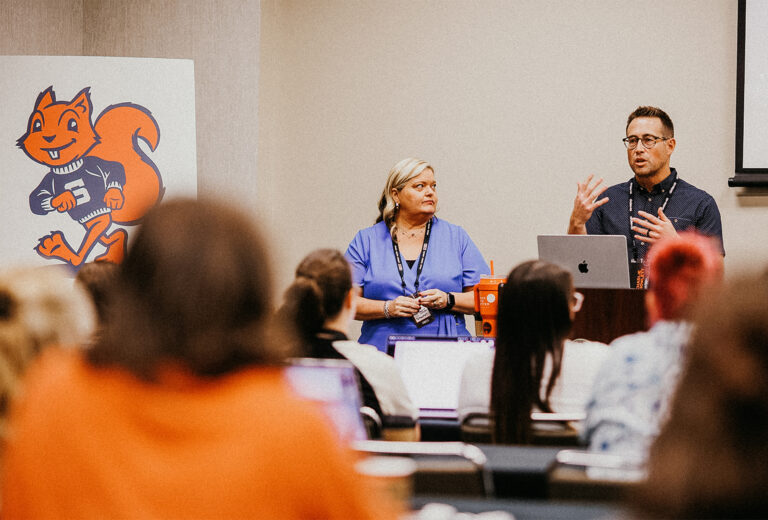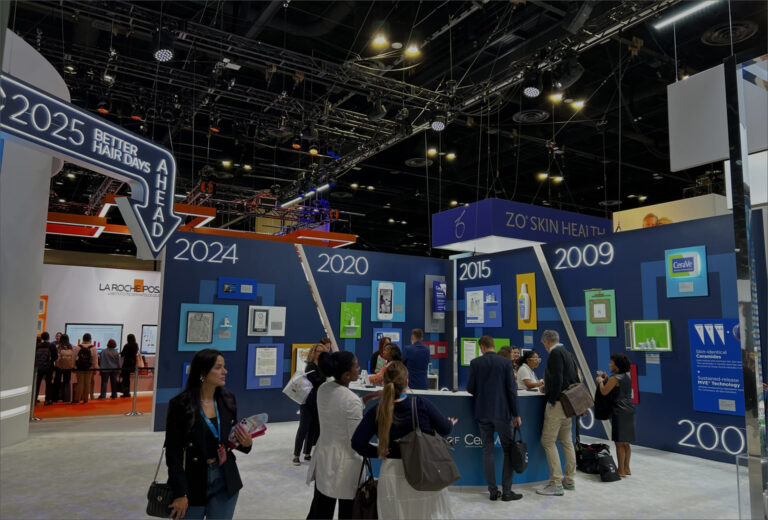In early March 2022, the team at Hillwood, A Perot Company, hosted a groundbreaking conference at Fort Worth’s own Hotel Drover. The conference was designed to facilitate meaningful conversations and drive strategic partnerships with key players in the public and private sectors to push innovation in surface and air mobility to new heights. With conversation exploding around bottlenecks in supply chain and logistics, new trends are emerging on how to problem solve, and Forward Fort Worth brought the best minds together to address these issues head-on and collaborate on mutually beneficial partnerships and solutions.
A few themes came to light throughout the conference that left attendees and influencers in the space with mind-provoking ideas about how we can make transportation and mobility safer, more efficient, and bring the world one step closer to autonomy on the ground and in the air.
Here’s a quick summary of the most significant trends in mobility and logistics innovation:
Autonomous Vehicle Tech in the Supply Chain
THEME: Labor shortage and workforce education
It is no secret that the COVID-19 pandemic has placed significant pressure on the supply chain and, subsequently, the labor force participation rate. Logistics transportation companies are plagued with bottlenecks and workforce shortages – the industry is currently 100,000 drivers short. Optimizing freight operations to include automation and shared ecosystems will help solve this, and mobility visionaries see automation and strategic partnerships as the clear answer to supply chain issues. Automation will help relieve the pressure of finding drivers and balance the extreme seasonality of onboarding labor. Partnerships between the public and private sectors are critical, and empathy is key to solving these problems.
The goal is workforce enablement, not elimination. And the AllianceTexas MIZ is a community and ecosystem with the right resources and infrastructure to advance partnerships and policy in the right direction.
Electrifying the Supply Chain
THEME: The critical role of education
Electrification and automation are the future of supply chain innovations if the industry plans to scale at the speed experts predict a need. Electricity and charging will give us full autonomy, and automation is key to keeping people in the equation for more detailed and complex tasks. Digital integration will present a major challenge. With so much fragmented data, synergistic systems will be essential. This technology needs to be deployed in high-density areas and more rural areas to disperse jobs and facilitate cross-country growth that advanced surface mobility will create (ex: mobility expansion to West Texas). Panelists argue that solving these problems is the key to getting us to true automation across the supply chain.
Aerial Autonomy
THEME: Regulation and scalability
Subjectively, the aerial autonomy space is the most glamorous of the transportation innovation sectors. But it comes with its own set of complex challenges around regulations designed to ensure scalability and safety for people in high-density areas where autonomous aircraft technologies are being tested and deployed. According to the FAA, the hindering factor is shared airspace – meaning the flight path for aircraft of varying purpose, size and logistics must be considered in tandem to uphold safety. The demand for this commercialization has exploded and won’t stop anytime soon. Timely delivery of goods is ever-increasing, and that fundamental principle has proved itself over and over since the pandemic’s inception in 2020.
Between now and real-world usability, new technology in the industry faces rigorous testing, validation, and end-to-end production – all of which is overseen and regulated by the FAA. Creating the technology is only the first leg of scalability, but the main hurdle will be figuring out how to make the technology scalable, successful, and safe at this critical juncture.
Next Generation of Supply Chain Infrastructure
THEME: Connectivity and rapid adoption, talent recruitment
The philosophy with new technology is to adopt early or get left behind. It’s that simple. Visionary leaders from ITS ConGlobal concur that the most important facet of technology to consider is connectivity. Systems need to talk to each other in order to achieve interoperability. Connectivity can mean a few different things for automation, but 5G is important for cellular and data integration. More importantly, connectivity is the lynchpin for all digital technology and infrastructure. The next generation of mobility workers heavily relies on robots and automation to help execute everyday tasks and open up their workday to handle high-level, important decisions. The best approach for AllianceTexas Mobility Innovation Zone (MIZ) and other innovative companies is to facilitate faster technology adoption. A shift in thinking is in order – it’s not the ROI earned if we DO adopt, but the ROI LOST if we fall behind the curve.
A key piece of manifesting this idea is getting young minds on board and engaged with the industry to continue the momentum into future generations. Attracting talent is necessary to accelerate the mobility industry at the pace needed to meet demand.
Themes that young people are most excited to see in this space:
- Localization of technology
- Autonomous transit
- On vehicle persistence modeling
- Algorithm development
Venture Investing in Autonomy and Logistics Technology
THEMES: Partnership, electrification, sustainability, and integration
Partnerships and capital are needed to bring these technologies to the market and to life. The importance of infrastructure for safety, testing, and regulation is key, but the real value of a VC partner is what they bring to the table in addition to capital – a different perspective. The opportunity to collaborate and share insight is what pushes new technology to iterate before entering the real world.
Transportation accounts for 20% of global GDP and will always occupy a significant piece of the market. By focusing on the transportation industry, we can enhance returns by investing in companies that synergize together. As a best practice, experts explain that when investing in new technology, it should come to fruition in 5-7 years as an educated guess on the development of a future market. And as for those trends – areas to watch are electrification, sustainability, and digital integration. These VC players are the glue between startups and large companies to get early-stage technologies off the ground and into the market.
Our client, AllianceTexas MIZ, is leading the charge in autonomous innovation here in North Texas. See how we helped them build a brand around their vision to combine public/private partnerships, world class infrastructure, and real estate available to test and commercialize cutting edge technology.









